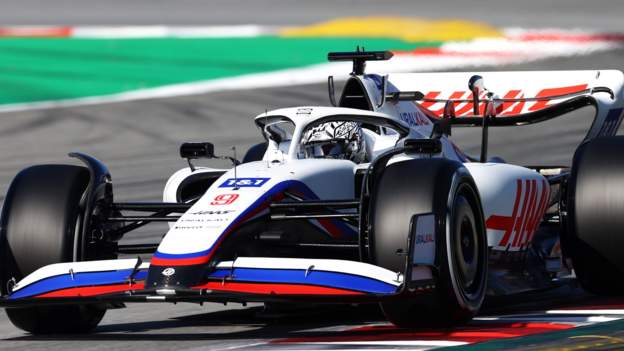Formula 1 cars will be smaller, nimbler and more environmentally friendly from 2026, the sport’s governing body the FIA has said.
Cars will be 30kg lighter, 10cm narrower and have engines with a near 50-50 split between electric and internal combustion power – and use fully sustainable fuels.
The FIA described the concept at the heart of the 2026 rules as a “nimble car”.
Active aerodynamics will be used to optimise the use of the new engines.
Cars will have front and rear wings that open on the straights to reduce drag and increase speed, but then close to increase downforce for cornering performance.
And overtaking will be facilitated by a power-boost system for a car following another, to be known as manual override mode.
This is instead of the current DRS (drag-reduction system) overtaking aid.
The new hybrid engines, which triple the amount of electrical power used, have attracted two new manufacturers into F1 in the shape of Audi and Ford, and persuaded Honda to reverse its decision to quit the sport.
Along with Mercedes, Ferrari and Renault, and the new Red Bull Powertrains company with which Ford is joining forces, there will be a total of six engine manufacturers in F1 in 2026.
FIA president Mohammed Ben Sulayem said: “The key features of the 2026 regulations are advanced, sustainable technology and safety.
“Our aim, together with F1, was to produce a car that was right for the future of the sport’s elite category. We believe we have achieved that goal.”
The rules are a part of F1’s pledge to go net-zero carbon by 2030.




















